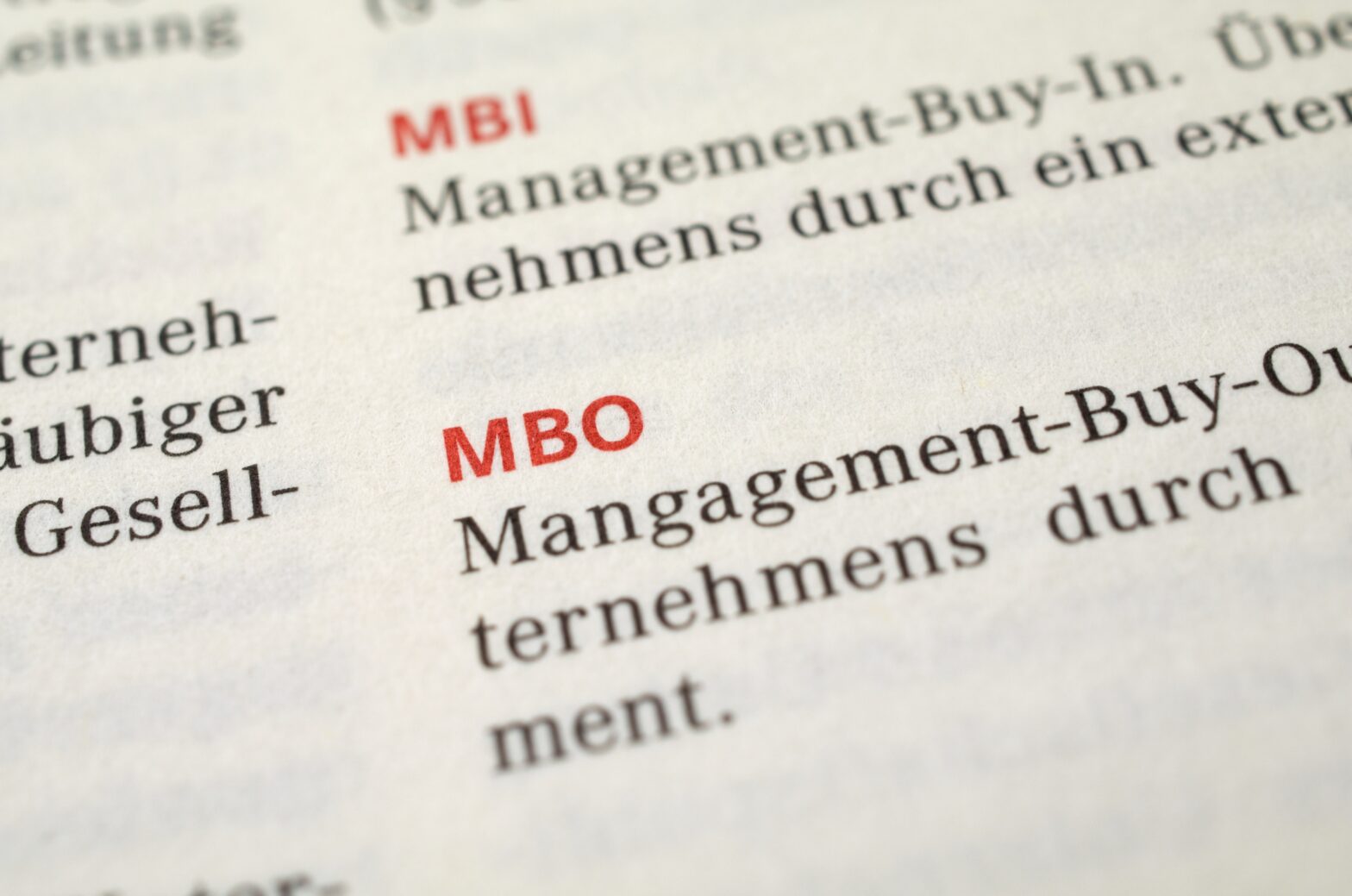This article was originally published in the GrowthBusiness M&A Guide.
The M&A Guide is aimed at entrepreneurs and owners of growth companies, summarising the state of play of the dealmaking landscape and the various elements of the ecosystem over the past year. The aim is to help business owners understand whether a merger, acquisition, sale, or going public is right for their business, and the types of advisers and expertise they may require along the way.
M&A deals: what tech start-ups need to know
With over $5 trillion in deals signed in 2015, it was a record breaking year for M&A activity. However, 2016 does not appear to be following suit.
Over the first eight months of this year global M&A dropped to $2.2 trillion with 28,720 deals compared to $2.9 trillion with 30,894 deals at the same time last year.
In fact, 2016 appears to be a record year for broken deals instead. Between Brexit concerns and antitrust regulations in the US, an increasing number of deals are breaking down before they become official.
The unknown
M&A deals are complex events that require overcoming a hefty number of obstacles, including corporate governance, form of payment, legal concerns, contractual issues, regulatory approval and tax issues. It is very challenging to fully assess and understand the kinds of contractual risks, restrictions, obligations, and exposure companies will take on after the deal is closed.
Uncovering this information requires many hours of manual contract review work from either a law firm or lower-cost legal service provider. Before they can even begin reviewing the documents, organisations first must find and centralise all the relevant contracts. This may sound simple, but tracking down thousands of contracts, which have been created in varying formats, across different departments, and stored in various locations over the years is an arduous and sometimes overwhelming undertaking.
The real work
Once all contractual documents are collected, the real work begins of extracting contract data, and having that data be useful before closing a deal. Legal teams must review a host of provisions, and not fully understanding assignment or change of control provisions can be especially detrimental to the dynamic of the acquisition. If your contracts cannot be assigned or if change of control triggers automatic termination for cause, the strategic value of the acquisition may be called into question, leading to many hours of renegotiation.
In addition to assignment and change of control, here are a few more to consider:
- Be aware: Auto-renewal
Many sales organisations work to negotiate auto-renewals and every procurement department dreads tracking auto-renewal provisions. If the goal is to terminate a contract within the specific notification period, you must know which contracts contain the provision and the window for cancellation. A missed auto-renewal can result in hidden costs that most companies will not have considered. One of our customers, a large energy company, discovered they were auto-renewing a lease costing $400,000 per year on property they didn’t use, three years after a takeover. - No nonsense: Non-competes & non-solicits
Monetary damages can also occur if a company breaks a non-compete or non-solicit clause. It’s important to know whether contracts include these provisions, as a non-compete is a promise from both the buyer and seller to refrain from engaging in activities with competitors. A non-solicit clause prohibits a company from trying to lure or hire the other company’s customers or employees, and this is particularly relevant when two companies in the same industry merge, as many of each company’s existing customers or partners are likely competitors. - Identify: Indemnity
The acquiring company should clearly understand what the target company has agreed to indemnify, and these limitations of liability can be very complex and should be heavily negotiated prior to closing an M&A deal. These are often the most negotiated provisions and typically have cross-references which makes them especially difficult to fully comprehend. Careful review of the indemnification provisions of each contract is needed to ensure that these provisions align with the combined entity’s indemnification standards and practices.
- Limit: Unlimited liability
When startups are motivated to close a new deal, especially with big, recognisable brands, they will often accept potentially unacceptable provisions. This is commonly seen with limitation of liabilities. Accepting unlimited liability does not necessarily pose a large risk to a startup, because they have much less to lose. However, it can pose a significant risk to an established organisation with much higher exposure if they accept that unlimited liability. It becomes very important that the acquiring company quickly identifies the contracts containing unlimited liability and look to re-negotiate amend or possibly terminate the contract. We worked with a software giant which bought a startup and discovered it had inherited numerous unlimited liability provisions – a small problem for the $1.5 million startup, but a much bigger problem for the $1 billion company.
The silver lining
As M&A activity increases, especially within the startup world, knowing what’s in contracts is more important than ever, and having easy access to and visibility into contracts data is essential. Due to the time sensitivity on many M&A deals and the manual labour often required to analyse contracts, most companies resort to sampling just a small portion of the target company’s contracts with the assumption that if the sample passes the test, the rest will as well. But, countless cases prove that this approach exposes the acquiring company with risk they had not anticipated. Luckily, current contract technology offers machine learning and natural language processing solutions so that organisations going through the M&A process can streamline the due diligence process to consolidate contracts, pinpoint and understand risk, and uncover vendor consolidation opportunities.
Contract intelligence solutions can also help to alleviate some of the M&A concerns companies have when it comes to Brexit. By gaining full insight into the terms impacted by the separation from the EU, such as governing law, currencies, and other commercial terms, companies may find that the merger, acquisition, spin-off, etc. will actually give them a competitive advantage or provide for growth. By extracting metadata and clauses through a sophisticated search and analytics, businesses can quickly understand the risk and opportunities in those contracts and determine if there is still value to the deal. This will help facilitate closures with the added security of fully knowing what is being acquired. So no need for extra water or paracetamol, because understanding contract terms will prevent the post-deal hangover that so many rushed deals result in.
Christina Wojcik is the vice president of legal services at Seal Software.
The M&A Guide 2017 is supported by Clydesdale & Yorkshire Bank, EMC, Kingston Smith, Knight Corporate Finance, and Squire Patton Boggs. To read more, download the guide for free here.







